When I listed all the things that could affect the ISO 12233 sharpness testing here, I didn’t list exposure. Not because I was sure that it didn’t, but because I just didn’t know. I figured that it probably would, since exposure affects resolution in the computer-mediated testing regimes.
Long-term readers of this blog are no doubt saying to yourselves, “Only one way to find out; run a test.”
Indeed.
Before I get to the test, let me define what I mean by exposure, since it can mean different things in different photographic contexts. In this one, I mean the photon density striking the sensor. So exposure is affected by f-stop and shutter speed, but not ISO. Doubling the ISO and halving the shutter duration produces the same average value in the raw file, but halves the exposure. Therefore, I set out to make a series of images that had the same raw values, but ISO settings one stop apart.
I set up this gear: Zony 55 on a Sony alpha 7R, RRS a7 L-bracket, Arca Swiss C1 Cube, RRS TVC-44 legs. Release was with the 2 second self-timer. ISO 100 to start, lens set at f/5.6. ISO 12233 target with the camera at a distance to yield an active area about 700 pixels high. Thus, the lines labeled “7” represent 1 line pair per pixel pair. I put a Heliopan 77mm variable neutral density filter on the lens. I focused manually, wide open using the a7R’s most magnified live view setting.
Lighting for the captures came from a Paul Buff Einstein 640 watt-second flash set to 2.5 watt-seconds. At this power setting, the flash duration is about 1/13000 second. The camera was set to trailing curtain synch and the shutter to 3.2 seconds, allowing the camera to stabilize from the shock of the first curtain movement before the flash went off.
I set ND filter to minimum attenuation, the camera to ISO 100 to start and made an exposure. Then I set the ND filter for one stop more attenuation and set the ISO one stop higher and made another exposure. That process was repeated all the way to ISO 12800.
I processed the images in Lightroom with the default settings, corrected for (minor, as it turns out) exposure differences, and exported the files to Lightroom as layers. I labeled the layers with the exposure times and compared them. The images that I’m posting here are crops from the upper right-hand corner, enlarged 3x using nearest neighbor, and JPEG’d. Because of the way that Photoshop handles EXIF data from images composed of multiple layers, the EXIF data for the posted images is bogus. If anyone would like to see the Photoshop stack, please contact me.
It turns out that exposure does not affect the interpretation of the ISO 12233 charts until the photon noise is obvious.
ISO 100:
ISO 200:
ISO 400:
ISO 800:
ISO 1600:
I’m surprised, but pleased. Controlling the exposure down to a gnat’s eyebrow is not at all necessary for this kind of testing.
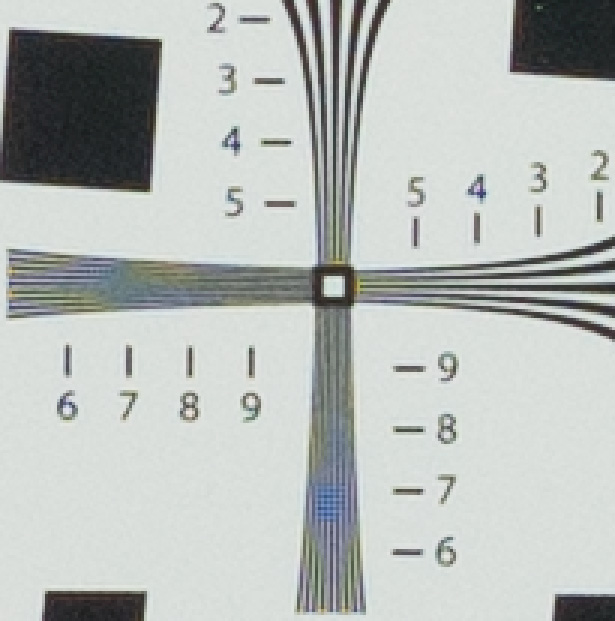
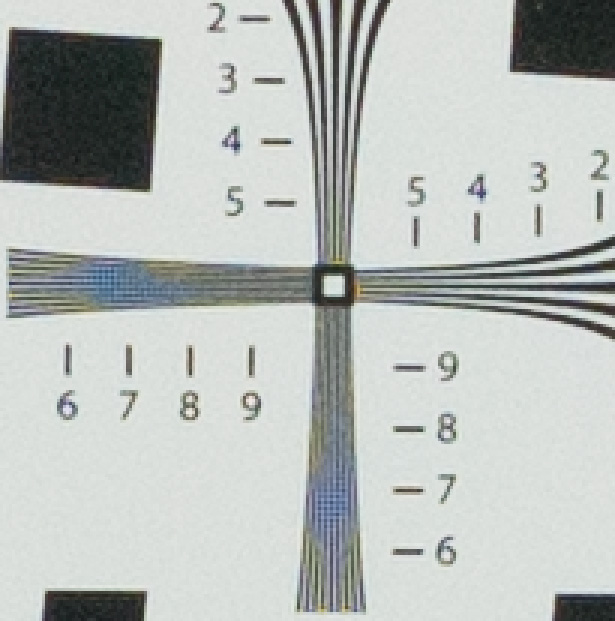
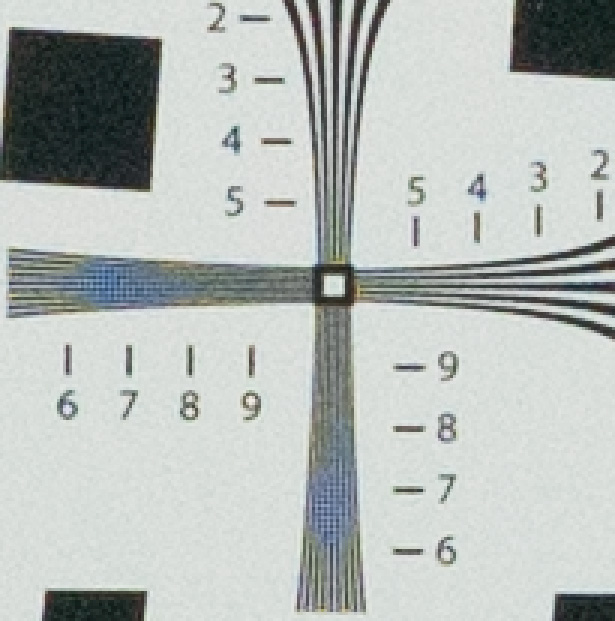
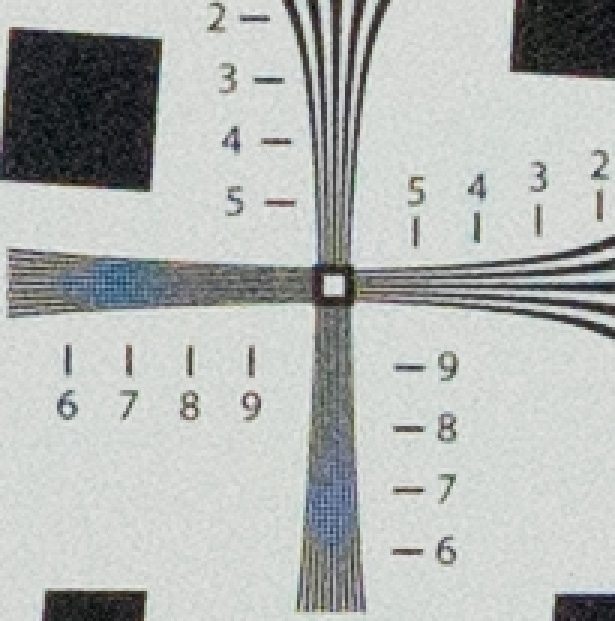
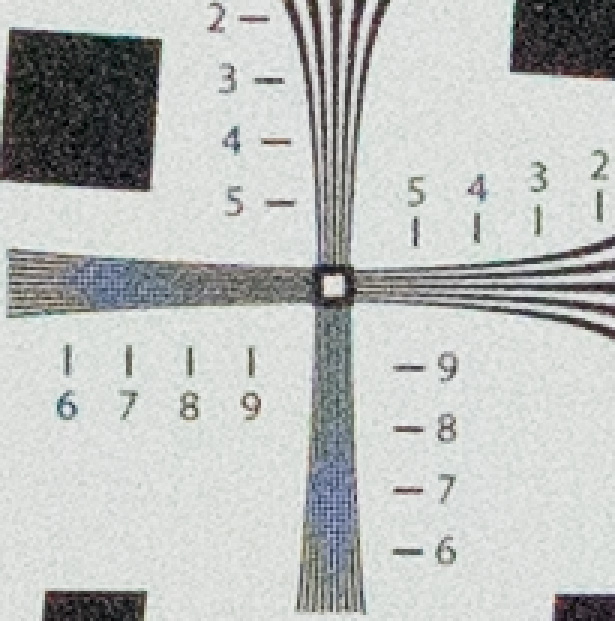
Leave a Reply